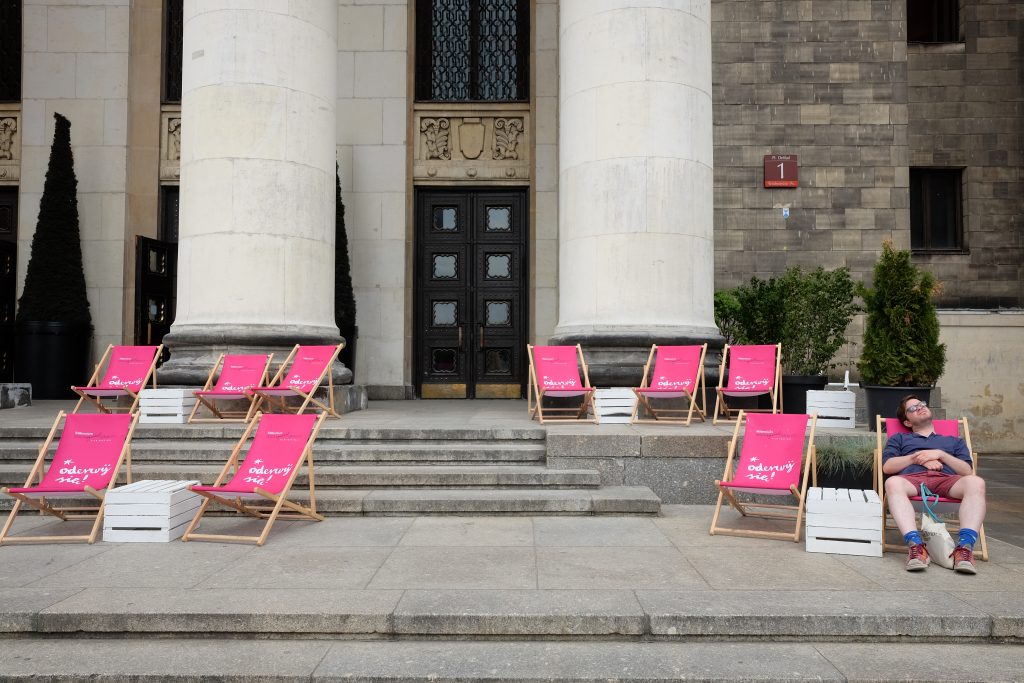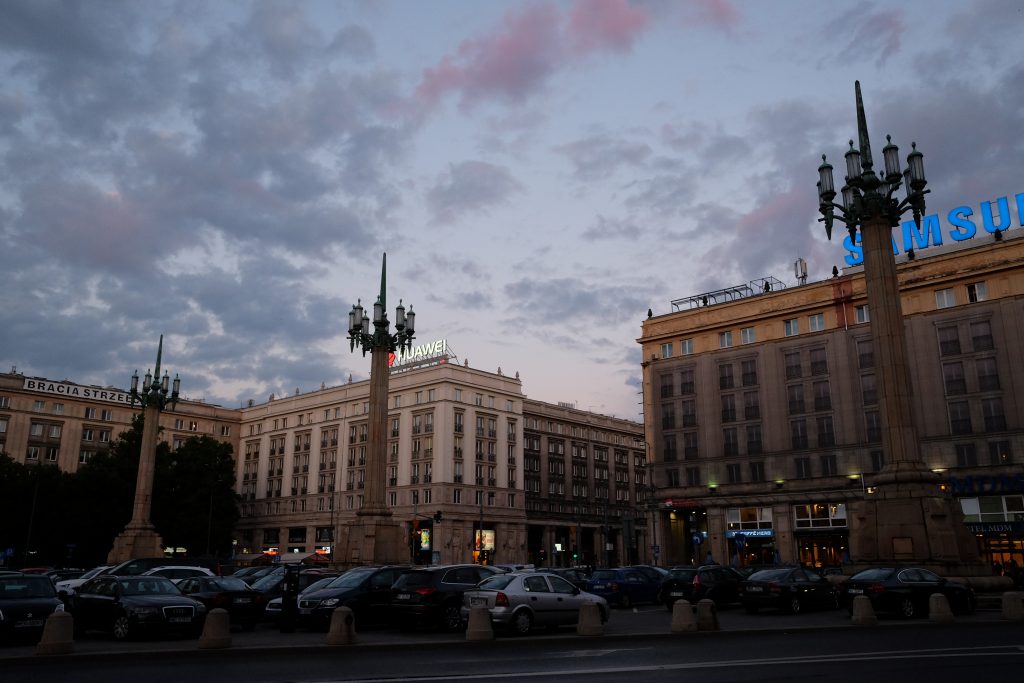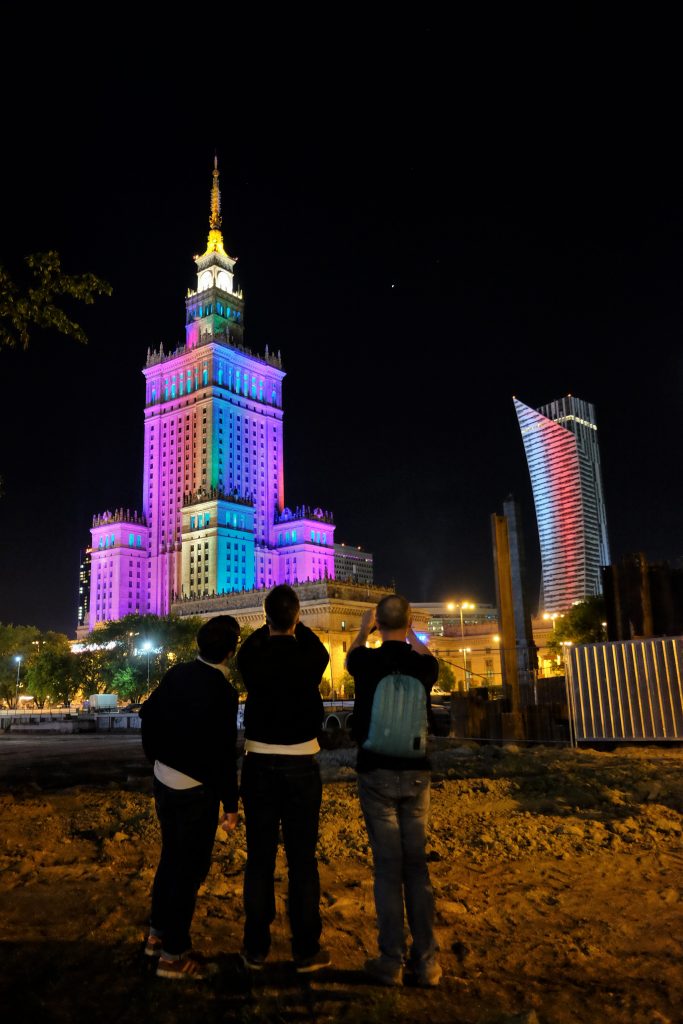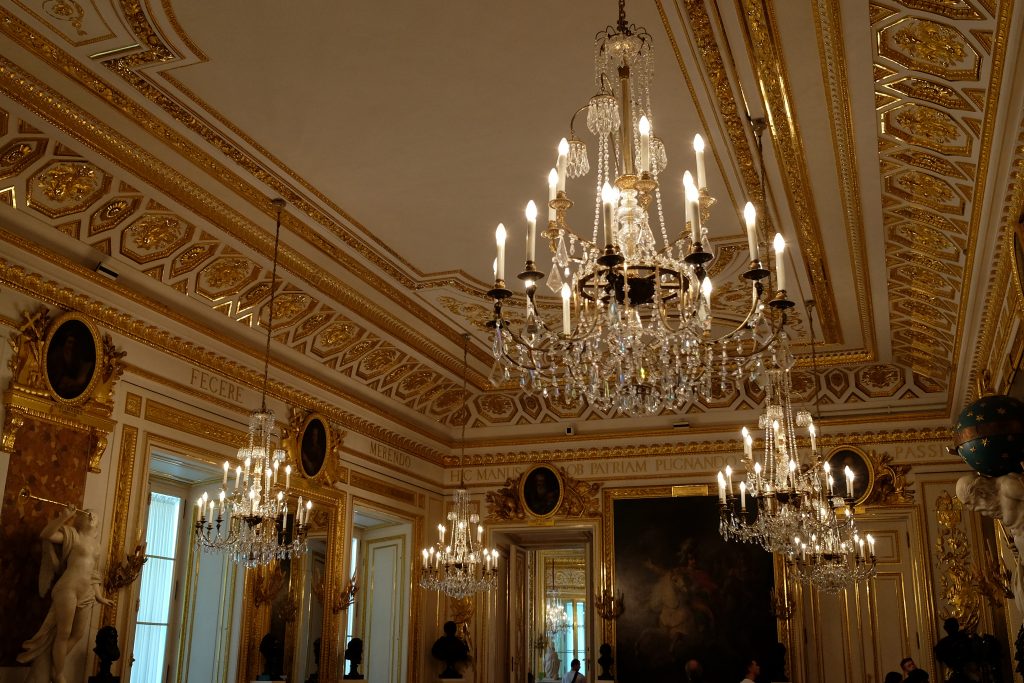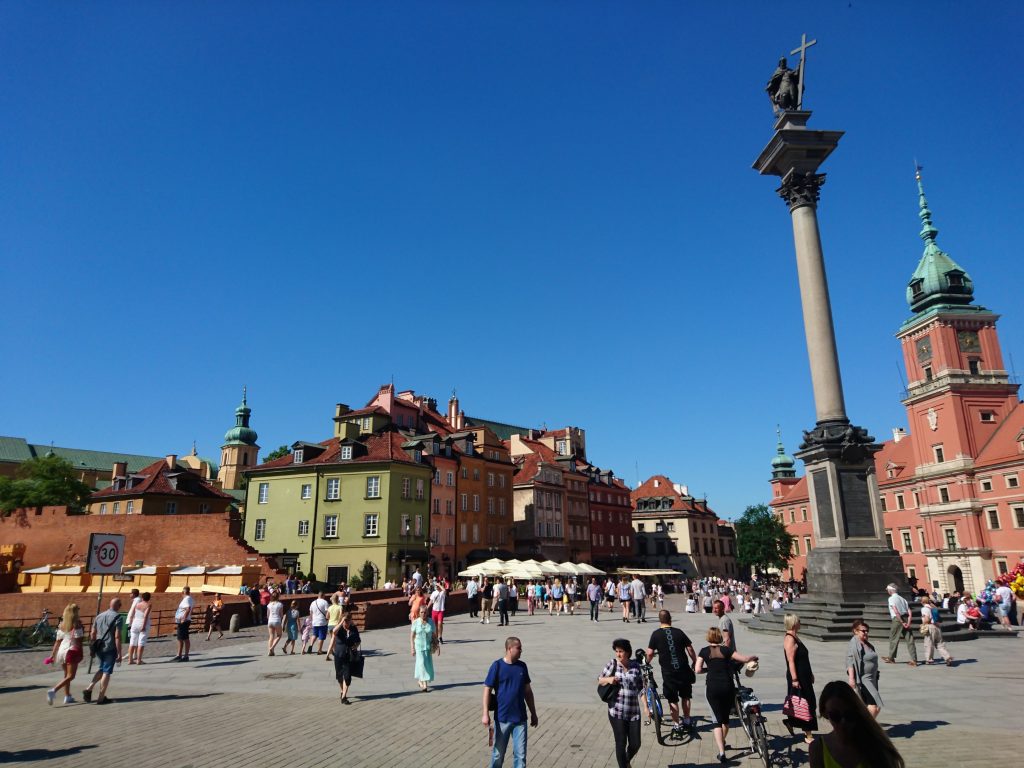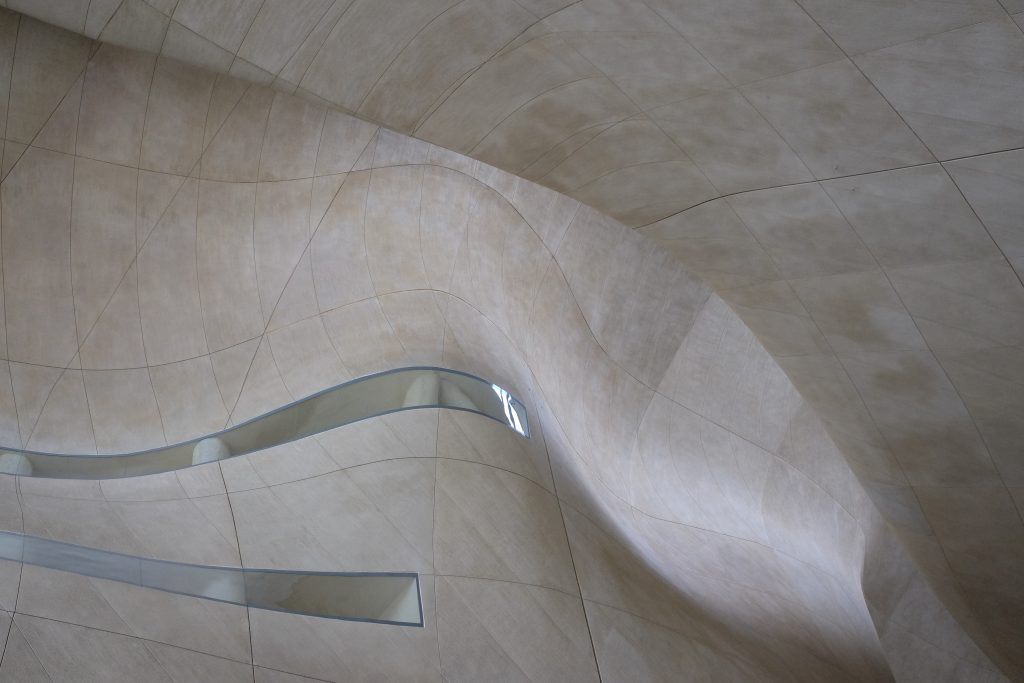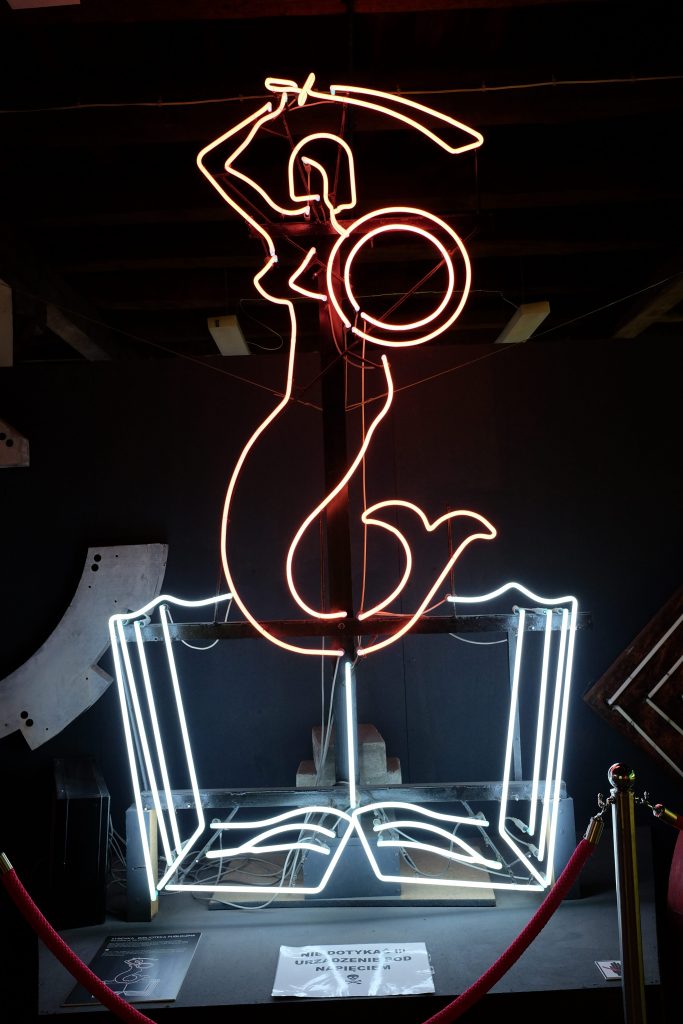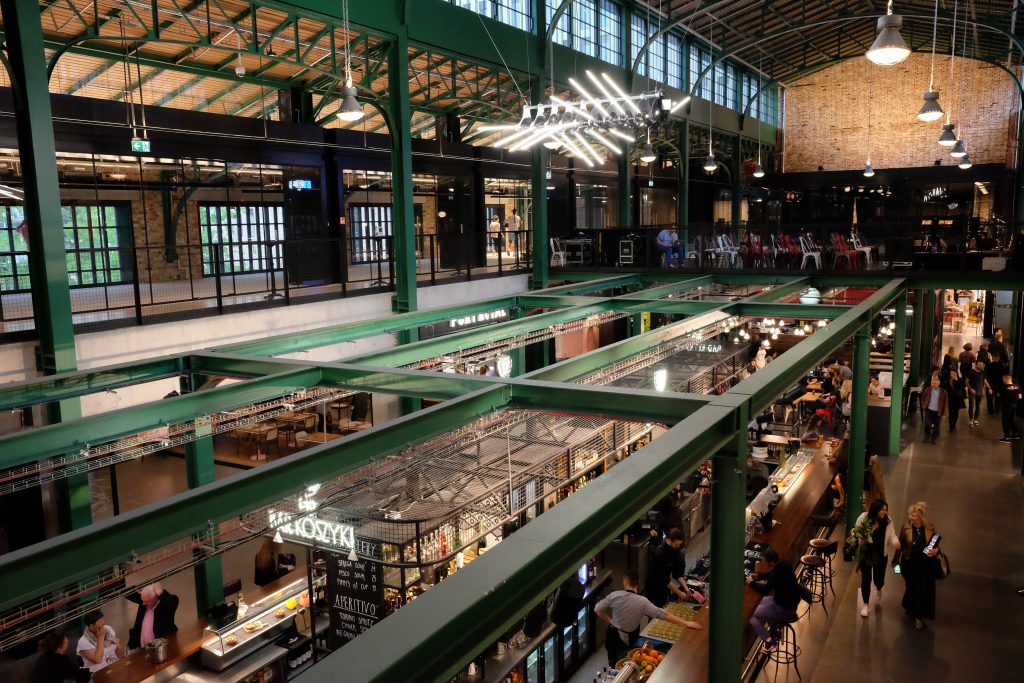When I told friends I was going to Portugal for a holiday, I was met with nods of approval from those in the know and a slight tilt of the head for those yet to sample the delights of Spain’s neighbour. Perhaps the problem is that Portugal is the little sibling to Spain, a cultural juggernaut with everything a tourist could ever want. Yet, Portugal is an easy sell, it’s home to two hilly and sensuous cities in Lisbon and Porto, it has attractions from Roman ruins to Sintra’s fairytale castle and a long coastline, cooled by the ocean to stop it getting too hot, most of the time. For every hour of sunshine in London, Portugal has two. And, there are the custard tarts.
My second visit to Portugal took in Porto, the beautiful city of Coimbra and the seaside town of Matosinhos, but it all starts off at the airport. On arrival, we proceeded to follow the signs for the metro, only to be confronted by blank walls, escalators going the wrong way and smokers huddling in a corner. Retracing our steps, we did the same activities in a different order. As if by magic, an escalator appeared behind a shed which took us down to a car park. It seems that when you follow a sign for the metro, and finally see a ticket machine, it could either get you a few hours parking or into the city. It’s a crap shoot. Eventually, we made it to the train station ticket hall, only to find that the €15, 3-day travel passes we wanted, had to be bought in the tourist centre back in the airport. So far, so horrible.
A trip later on the weird, two-car metro trains that grind along the tracks, we checked ourselves in at White Box apartments, a minimalist hotel on a pedestrianised shopping street. For lunch, we went to try out the Porto “delicacy” Francesinha, at Bufeta Fasa. This most indelicate meal consists of bread, ham, some smoked sausage, chorizo, steak and melted cheese covered in a beer and tomato sauce. With fries. And a beer. It was enormous, and for those on a diet, contains over half of your daily food allowance. By eating it, you are destined to pile on the pounds but on the bright side, it’s so cheap that you’ll also save the pounds. Now I’ve eaten one, I am never tempted to again, but rumour has it that Bufeta Fasa is the best in town. The waitress seemed to be in a mild state of hysteria whenever we interacted. Was she trying to tell me this meal would give me a heart attack after I headed into the city with its infinite number of steep alleys?
1) Tiles are everywhere
In Porto, as in Lisbon, if something can be tiled, it will be tiled. Some of the earliest examples are Azulejo tiles, bringing an Islamic taste to the streets. These tiles do not feature images of people, so will be geometric or floral in style. The main train station, São Bento, has the history of Portugal tiled on the walls. In a nutshell, Portugal has had many fights. Horses feature heavily. Visiting here will ensure an epic start to any journey, though most people were taking photos of the twenty thousand tiles, rather than travelling. Other landmarks clad with intricate tiling include the Chapel of Souls, with the facade almost entirely covered in blue tiles, dating back to 1929, representing the life of Saint Francis of Assisi. The nearby Church of Saint Ildefonso and Igreja do Carmo complete this triptych of tiling, all close by each other.
2) Museums
Porto has plenty of museums to nose around, including the Photography museum, housed in a former prison, which when we visited included a selection of photos of the Royal Family hanging out in various sunny climes. I longed to be back in time where everything seemed so glamorous. On closer inspection, everybody was dripping in sweaty woolen suits and it took an age to travel everywhere. The museum featured an exhibition of photography by homeless people and this was both powerful and touching as the photographers had such a different perspective on the city – benches and doorways took on a new meaning and their was some real talent on display. The best part of the museum was the collection of old photographic equivalent, from ancient Zeiss lenses to Kodak Brownies and a gallery of spy cameras. The exhibition made the past, with cameras hidden in cigarette cases and wallets, seem highly paranoid and anxious.
The Serralves museum is a fair trek out of town, but it’s world-class and utterly transfixing when you arrive. Don’t do what we did which was to take a tram to the Casa de Musica stop and then walk for half an hour to the gallery down a dreary main road. Plenty of better options are available, such as buses from Bolhao to the museum. Set in beautiful gardens with over 200 varieties of plants and trees including pine, chestnut, oak, Lebanese cedar and even Giant sequoias from the US, the museum occupies a space that is ideal for a lazy afternoon’s wander around the gardens and some art.
Across the Duoro river from Porto’s old town is Gaia, which is itself a city. Here is where all the Port is stored in huge warehouses that stretch on and on with big names like Sandeman, Churchill’s, Taylor’s and Graham’s all offering wine cellar tours which will take you through the history of port. We stopped off for a port cocktail outside Sandeman, taking in the views over to Ribeira and being entranced by the beauty of the river, the bridge and the Rabelo boats, unique to this part of the world.
Livraria Lello isn’t a museum, but may as well be. The bookshop with a staircase that apparently influenced JK Rowling when writing Harry Potter, is unlike any other I’ve been to. Like Ernest Hemingway, Rowling seems to have visited anywhere and everywhere, but the interior does have a Potteresque flavour to it. You have to buy a ticket to get in, which you will have refunded if you buy a book. Nobody was really looking at the books, instead, we were all snapping away at the elaborate staircase, the vaulted ceiling and the stunning hand-carved decorations. It is a clever idea to charge, because the interior is too beautiful to lose and if nobody is purchasing anything, its future would be uncertain.
3) Food and drink
One of my favourite spots in Porto was near Praca de Lisboa. Here, the deceptively simple idea was to place a gorgeous garden with green spaces for people to enjoy, on top of a shopping centre in the middle of the city. We enjoyed a mojito from the bar in the garden and spent ages sitting in the sunshine, looking out at the city and wondering why this doesn’t happen everywhere. I was particularly pleased that you don’t have to buy anything at the bar to enjoy the space, and a bit delighted that the bar sells generous glasses of wine for €3 a glass and cocktails at €6 a pop.
Just moments away from Placa de Lisboa is the exceptional tapas restaurant Caldeireiros; when we went, we managed to bag the last table going and had one hour to be in and out, so my advice would be to book in advance. Even though every dish came with a mine’s worth of salt in it, the flavours were exquisite and this was the culinary highlight of our trip. While slightly more expensive than elsewhere, there’s nothing to fault.
In comparison, the Majestic Cafe on the city’s main shopping street, is a disgraceful rip-off. The cafe has a Belle-Epoque interior that rivals anything in Brussels or Paris and it is genuinely beautiful to look at, but like an attractive person, it knows it and treats you accordingly. €12.50 will get you a distinctly average espresso, a latte and two stodgy nata. Serves me right for idealising beauty, when any less beautiful cafe on the street will treat me like the prettiest boy in the room.
4) The Old Town
I’ve written about beauty in abundance all around Porto and I’ve yet to mention what for many will be the highlight of the city, the old town, Ribeira. Strung out along the riverside by the Luis I bridge, a hotchpotch of ancient buildings tumbles down from high terraces, creating a picturesque delight. On the ground, most of the buildings are tourist trap bars and restaurants but the atmosphere is fizzing with life and more than a fair share of buskers. Taking a step into the old town is to take a step back in time, into a warren of tightly packed apartment blocks, plazas, churches that appear at sharp angles and views that demand to be explored. Porto is a wonderer’s dream and a photographer’s nightmare. Bring a spare memory card, or lots and lots of film.
As a city break, Porto is hard to beat. I find it hard to switch off, but on this trip I was so relaxed, I could have melted into the floor. Just walking around, stopping off for a drink and a snack is pleasure enough. One mystery remains, though. British phone boxes are scattered through the city, but I’ve no idea why. It was reassuring at least to see that none of them worked, just like at home.


















